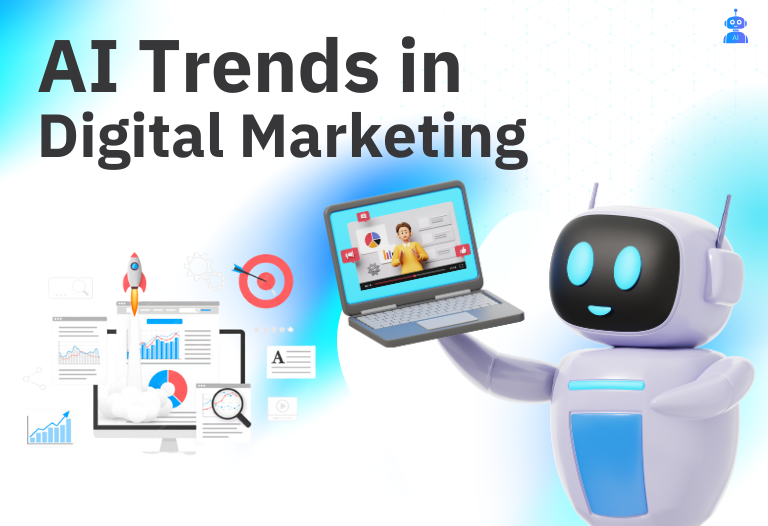
Artificial language developed the written language model and now they are looking poised to predict events and lifespans of humans this is a Latest AI News . The University of Copenhagen, DTU , North University , USA and ITU in their research project showed that large volume of data from human lives when processed with transformer models such as ChatGPT, they were likely throw up results that will predict future events and even the estimated date of death of humans.
Researchers studied health data and labor market connections for 6 million Danes in a model termed life2vec in a recent scientific publication titled ‘Using Sequences of Life-events to Predict Human Lives’ published in Nature Computational Science.
After training, or learning the patterns in the data, the model has been demonstrated to outperform other sophisticated neural networks (see fact box) and predict outcomes such as personality and time of death with high accuracy.
Predictions of death date
Life2vec’s forecasts are responses to broad inquiries such as “death within four years?”
When the researchers analyze the model’s responses, the results are consistent with existing social science findings; for example, individuals in a leadership position or with a high income are more likely to survive, whereas being male, skilled, or having a mental diagnosis is associated with a higher risk of dying.
Life2vec encodes data in a huge system of vectors, which is a mathematical framework that organizes various data.
The model determines where to store data on birth date, schooling, education, salary, housing, and health.
Posing ethical concerns
The researchers behind the publication point out that the life2vec model has ethical concerns, such as preserving sensitive data, privacy, and the impact of bias in data.
Before the model can be used to estimate an individual’s risk of getting a disease or other avoidable life events, these problems must be thoroughly understood.
The researchers believe that the next stage would be to include additional forms of information, such as text and photos, or information about our social ties.
This data utilization creates an entirely new interaction between social and health sciences.
The research projects
The ‘Using Sequences of Life-Events to Predict Human Lives’ research project is based on labor market data as well as data from the National Patient Registry (LPR) and Statistics Denmark.
The dataset includes information on all 6 million Danes, including income, pay, stipend, work type, industry, social benefits, and so on.
The health dataset contains information on visits to healthcare experts or hospitals, as well as diagnosis, patient type, and level of urgency.
The dataset covers from 2008 to 2020, however researchers focus on the 2008-2016 period and an age-restricted sample of people in various studies.
Transformer architecture
A transformer model is a deep learning data architecture that uses artificial intelligence to learn about language and other activities.
Language understanding and generation models may be trained.
The transformer model, which is typically used to train big language models on massive datasets, is supposed to be faster and more efficient than earlier models.




 December 28, 2023
December 28, 2023








